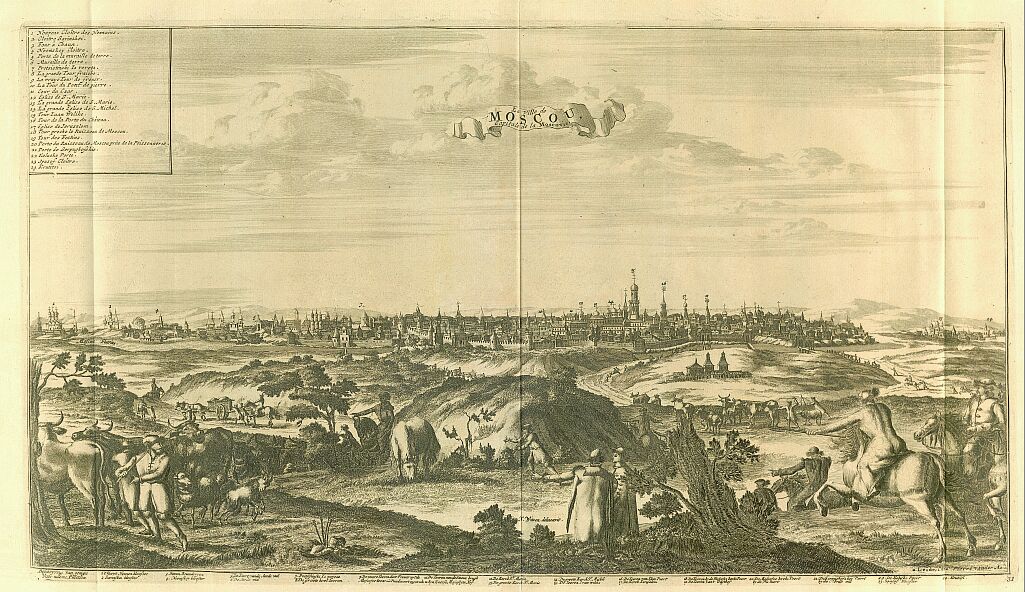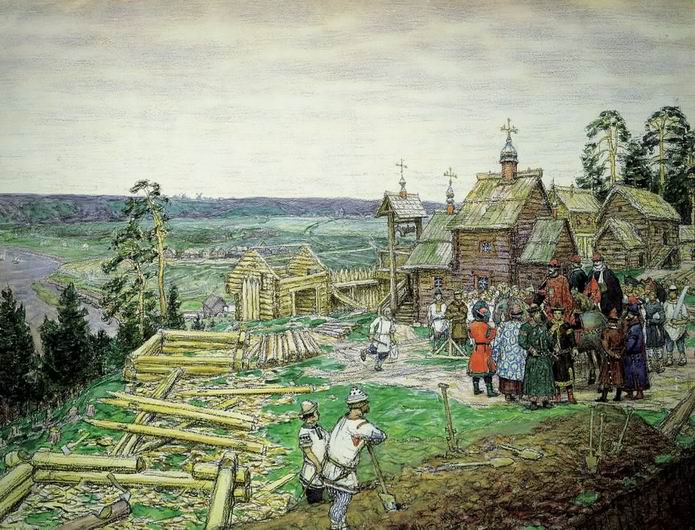Moscow Legend: Novodevichy Convent
27.01.2016The Origin of Moscow Street names (part 2)
29.01.2016The Origin of Moscow Street Names (part 1)
The territory of modern Moscow has long been occupied by men. In Shchukin, in Lyalov on the Klyazma river, in Davydkov, on the river Setun, in Dyakov, in the Kremlin and in many other places, archeologists discovered ancient settlements. The names of these settlements did not reach us, most likely because of a lack of documentation. The most ancient names were given at a time when the city was only at its beginning. They got their name due to the characteristics of the area: its vegetation, its soil, its rivers and spring water, etc. Some of these names have survived up to nowadays.

For an elevation, they used “Краснохолмская набережная” (Beautiful hill on the embankment), and the streets were Большие и Малые Кочки (big or small hummocks); and when talking about a low ground level places, they used “Вражские переулки” (Ravine lanes, “вражек” being the old form of the word “ravine”) . “Болотная площадь” (Swamp square), “Моховая улица” (Moss street) give an indication that this place was a swamp many centuries ago, and “улица Полянка” (Field street) was going across the fields.
Some of Moscow streets are reminders of rivers and streams that once flowed through the city, and which are now filtered through underground pipes. The most famous of them is “Неглинка” (the Neglinka river) which currently pass under “Неглинная улица” (Neglinnaya street). “Спасопесковский переулок” (from the word “песок”, sand) indicates that the place was covered with sand a long time ago, and “Спасоглинищевский переулок” (from the word “глина”, clay) that it was covered with clay.
About the forests, among which Moscow was slowly built, we have “Боровицкая улица” (Pine tree street, from the word “бор”, pine tree); “Елоховский переулок” (Alder street, from the ancient word “елоха” – “ольха”, alder) and its neighbouring lane “Ольховский переулок”.
To the limits of the ancient city of Moscow from Yury Dolgoruky’s time, some villages had been added, which gave their names to many of our streets, located on the original place of the village as for example: “Кудринская площадь” (from the ancient village of Kundrino); “Сущёвский вал” (from Shushchev village); “Голутвино”, “Красное”, etc.

In his spiritual testament, Ivan Kalita (1288 – 1341) left us the names of several villages that have now became parts of the city, “Ясеневское” (Yasenevskoe), “Нагатинское” (Nagatinskaya), “Коломенское” (Kolomenskoe), “Дегунинское” (Deguninskoe).
If you want to know more about the origin of Moscow street names, read the second part of our article.
Елена Коновалова
 ENROLL!
ENROLL!